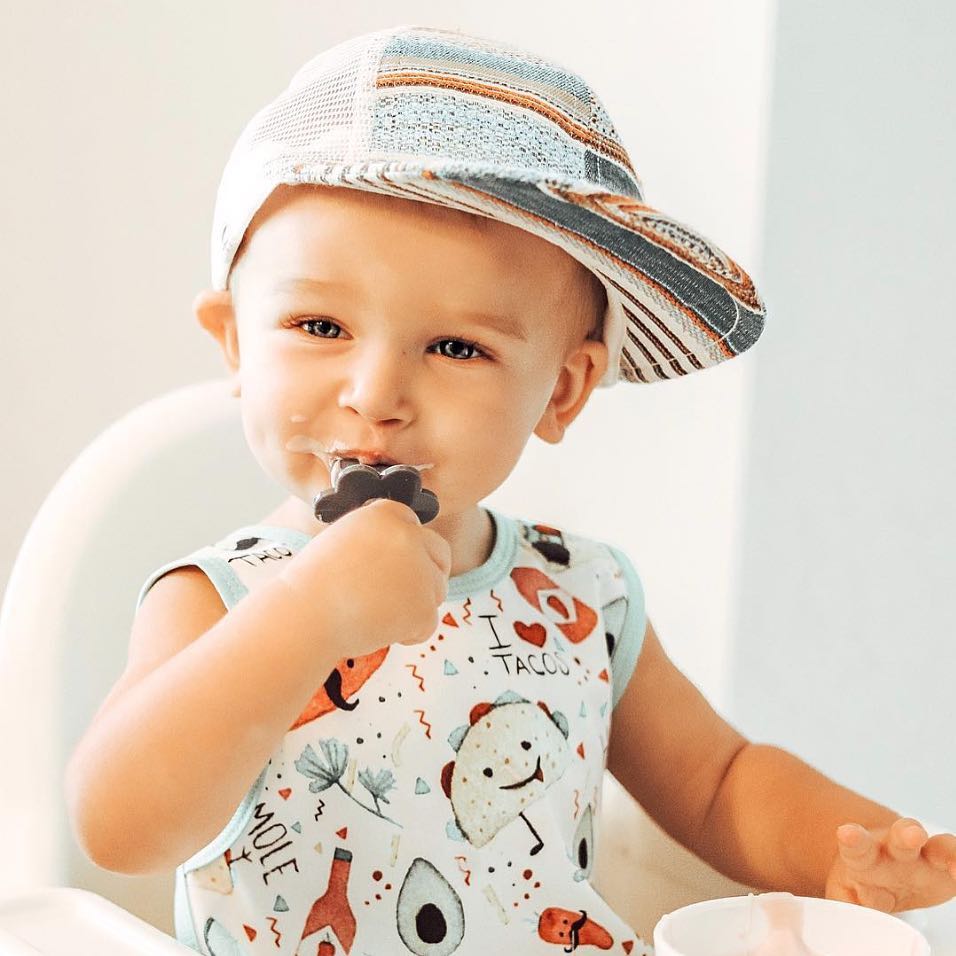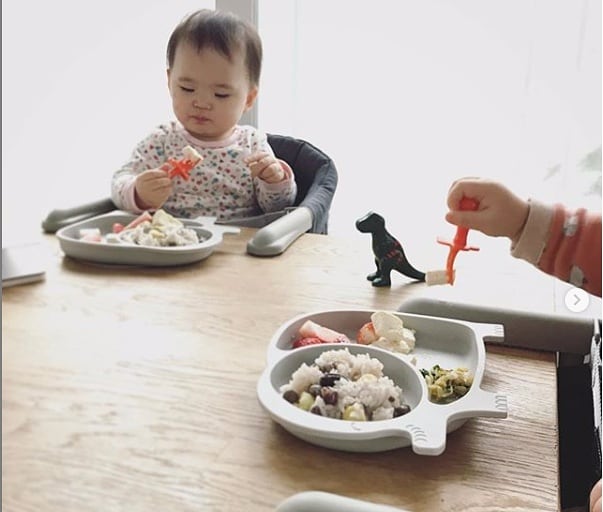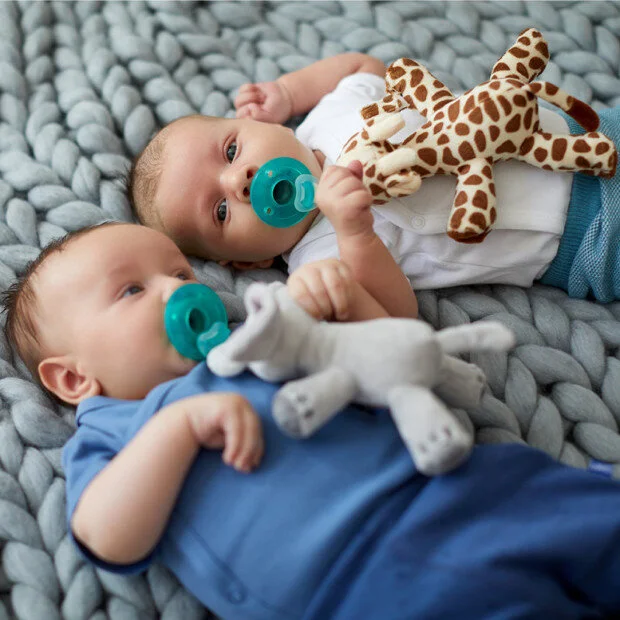The importance to let your baby self-feeding, it's worth the mess
/As a new parents, you might being really protective of you kids. You are afraid of choking issue, so you may always feed your children. Of course I know every parents might have different perception about self-feeding for children, let we discuss the importance of allowing children to be in charge of their own feeding and learn how to listen to their bodies, it is also called BLW (baby-led weaning).
This article will let you know why you should stop feeding them and let your little one self-feeding, and yes, letting them self-feeding definitely worth the mess.
Why baby self-feeding is worth the mess?
Learning to eat alone (self-feeding) must be trained early so that the child is active in various things later. When a child is able to grasp something it's good to let them eat by themselves so that his fingers are stimulated.
Children who learn to grab food and put it in their mouths are expected to be more skilled in using their hands for other positive activities such as coloring or drawing.
The more they learns to hold, after a long time their fine motor muscles or small muscles become stronger. When they gets bigger, we stimulate him to self-feeding using a utensils according to his size, and then he gets more skilled, which means he gets stronger again.
What is a good age to start self-feeding and why?
Once you introduce solid food, your child might show signs of wanting to feed himself. Just wait until your child is able to pick up food and get it into their mouths successfully, whether using their hands or utensils, then it is the right time to begin the transition to self-feeding. It is an important stage of children to self-feeding. Self-feeding involves lots of feeling, squeezing and dropping food. It might seem messy, but it’s one of the ways your child develops fine motor skills like learning to hold a spoon.
Read also: 3 Rules you must follow when giving first food to your children
Start baby self-feeding with..
Finger foods
In BLW method there is mentioned about letting your children observe food by their own. Soft, bite-sized pieces of food that are easy for baby to pick up and mash between his gums or teeth. Like a small piece of soft fruit or soft and cooked vegetables like potato or pumpkin. You can add more if they’re finish their meal or if they’re drop it.
Start introduce solid food to them while they are 6 months old, the important thing is finger foods are not their main nutrition resource, by that time we encourage you to keep breastfeeding your baby, but, let them observe foods. You will find out that when they have interested in foods, then it would be easier to let them self-feeding.
Read more: Baby's first solid food
Using utensils
Technically there is no right or wrong about giving children use utensils to self-feeding, as long as utensils was made for children, like Grabease. The self-feeding journey with hands is very important as it helps a baby to experience texture and it is all important for the gag reflex. Utensils then bring to the table the next developmental step in learning about mealtime etiquette and motor development.
Why Grabease is the best fork and spoon to start with?
Let’s talk about traditional children’s cutlery. They look very much like adult cutlery, just scaled down to a small size. However, if you put a traditional child’s spoon next to a baby’s arm, you will see that a “child size” spoon is actually the same length as a 12-month old’s forearm! If adults used the same proportions in utensils when we ate we’d be eating with a serving spoon. So, traditional children’s utensils are too big.
Read more: Self-feeding utensils, Grabease or Bumkins silicone chewtensils?
Then there is improper hand-hold in “child size” spoon. Due to the long handle, a child can’t use a proper vertical hand grasp to use them, so they hold these handles with a fist. This doesn’t encourage fine motor development.
There really is only one solution and that’s Grabease. They encourage vertical and horizontal hold because of the short ergonomic handle and have been endorsed by Occupational Therapists due to this revolutionary feature.
If you're interested in learning more about the transition to utensils for self-feeding baby, check out this.
Last but not least, messy eating and playing with food are normal parts of your baby’s development when they’re learning to eat independently. It’s normal for your baby to drop or throw food on the floor. If you react when they do this, he might think it’s the start of an exciting new game. One way to handle this is ignore it. Pick up the food calmly, without a fuss. Or you can leave the food on the floor until they finish their meal so you just have the one clean-up.
“Needless to say, teaching children self-feeding is often a long and messy journey. Just let the food fly!!”
















